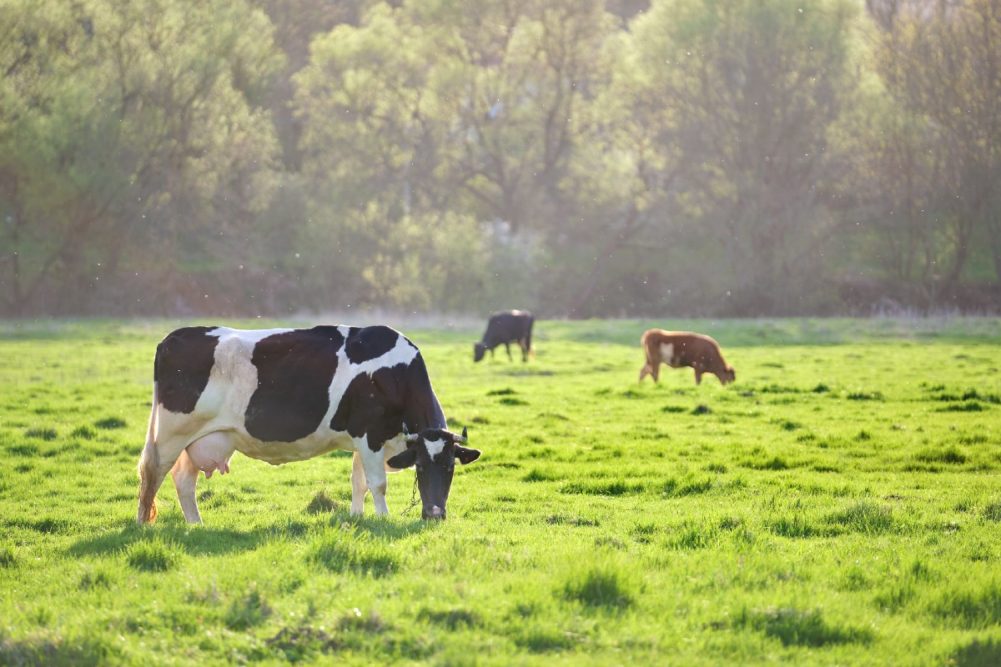ROSEMONT, ILL. – Environmental stewardship proved to be a key topic at this year’s Dairy Sustainability Alliance spring meeting in Chicago, where discussions among United States dairy industry leaders included addressing climate change and supporting biodiversity and ecosystems.
Practices at dairy farms and plants contribute to a circular economy. The industry set environmental stewardship goals in 2020 and the Innovation Center for US Dairy committed to report progress every five years.
During the alliance spring meeting, Karen Scanlon, executive vice president of environmental stewardship for Dairy Management Inc., and Nicole Ayache, chief sustainability officer for National Milk Producers Federation, shared how measuring and reporting progress works. They also noted the importance of the FARM Environmental Stewardship and Processor Stewardship Reporting tools, which aggregate data for reporting.
“More and more, companies, farmers and food categories are called upon to report on sustainability-related topics,” Scanlon said. “Consumers, customers, retailers are all calling on dairy – from farms to cooperatives to processors – to report on environmental, social and governance topics. Measuring and reporting matters. Industry reporting enables us to credibly and transparently communicate what we want people to know about how US dairy is fulfilling its social responsibility commitments.”
Per DMI, some practices that contribute to the circular economy include better utilizing the nutrient and biological value of manure at the farm level and upcycling protein-rich whey from cheesemaking at the manufacturing level.
During one session at the alliance meeting, Dr. Tim Kurt, senior vice president, environmental research for DMI, discussed how the dairy checkoff is working to support the industry in achieving its 2050 environmental stewardship goals. Projects highlighted by Kurt reduce dairy’s greenhouse gas footprint related to feed, enteric methane, manure and energy.
“We support pre-competitive research that benefits the entire industry, including the development of practices and technologies and evaluating their impact through modeling work,” Kurt said. “Our scientists seek to improve the understanding of the effectiveness and credibility of the solutions available today and in the future so farmers and the broader industry can feel confident in choosing the ones right for their farm and business.”
The alliance includes more than 180 companies and organizations dedicated to contributing to dairy’s social responsibility. Innovation Center and DMI chief executive officer Barbara O’Brien opened the spring meeting and said the alliance is more important than ever.
“The stakes are high, and the challenges, competition and counter narrative only get more intense,” O’Brien said. “I hear and am inspired by the people, commitment and hard work taking place across the industry.”
O’Brien noted that many farmer-led conservation groups have received climate smart agriculture grants and 36 companies that represent 75% of milk production are a part of the US Dairy Stewardship Commitment.

